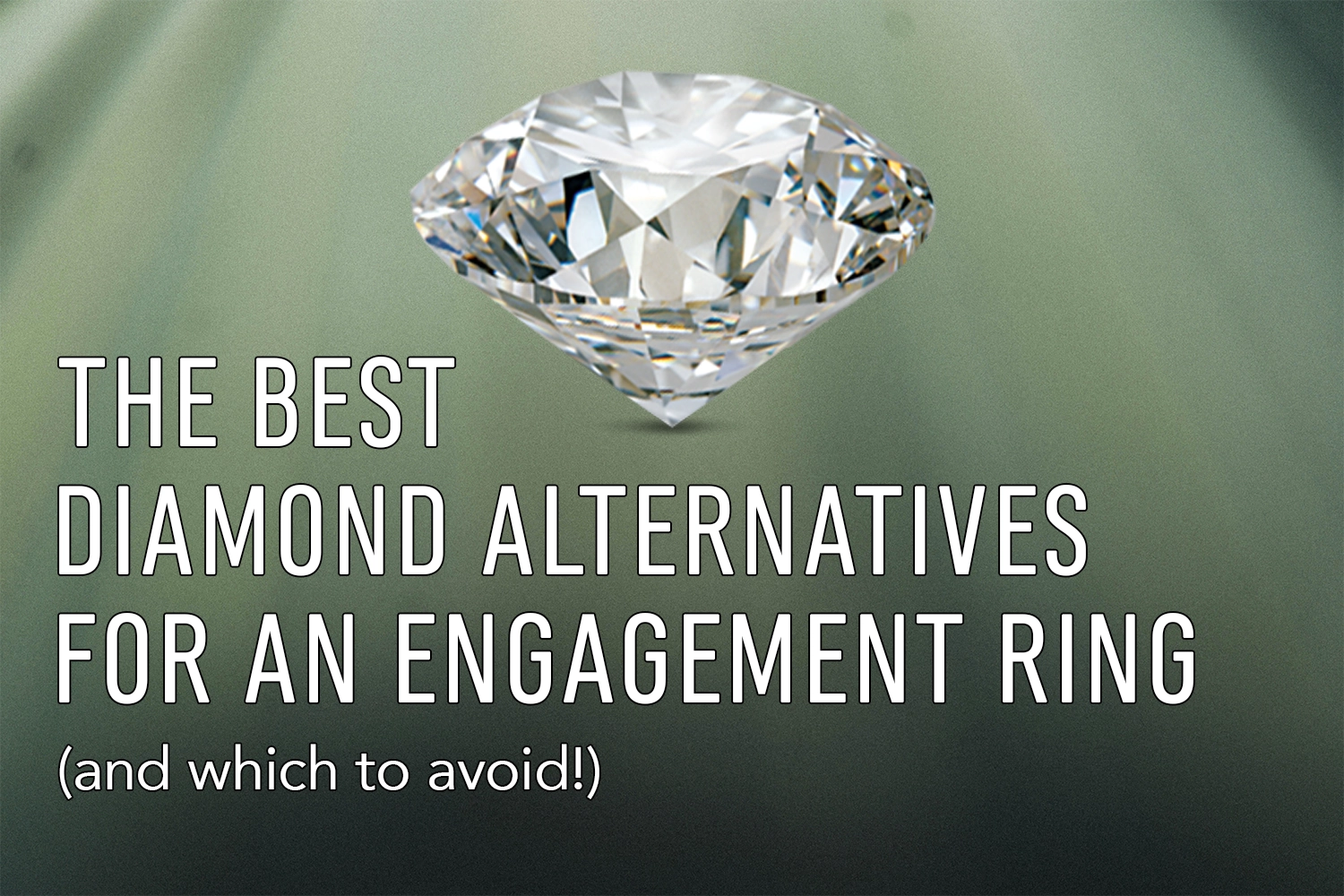
Choosing the perfect engagement ring can be a daunting task, especially when considering the seemingly endless range of options available. For years, it seemed like the ONLY choice for an engagement ring was diamond, but lately shoppers have opened their eyes to a whole new world of gemstones and, as a custom jeweler, I am LOVING it.
Having more choices may seem overwhelming but it also opens up so many possibilities to make something absolutely unique and perfectly suited to your partner.
But, buyer beware because not all stones are suitable for an engagement ring. Many stones, while beautiful, are too soft, brittle, or porous for daily wear. So, read on for my comprehensive list of the best diamond alternatives and which stones to avoid.
Table of Contents
Colourless Diamond Alternatives
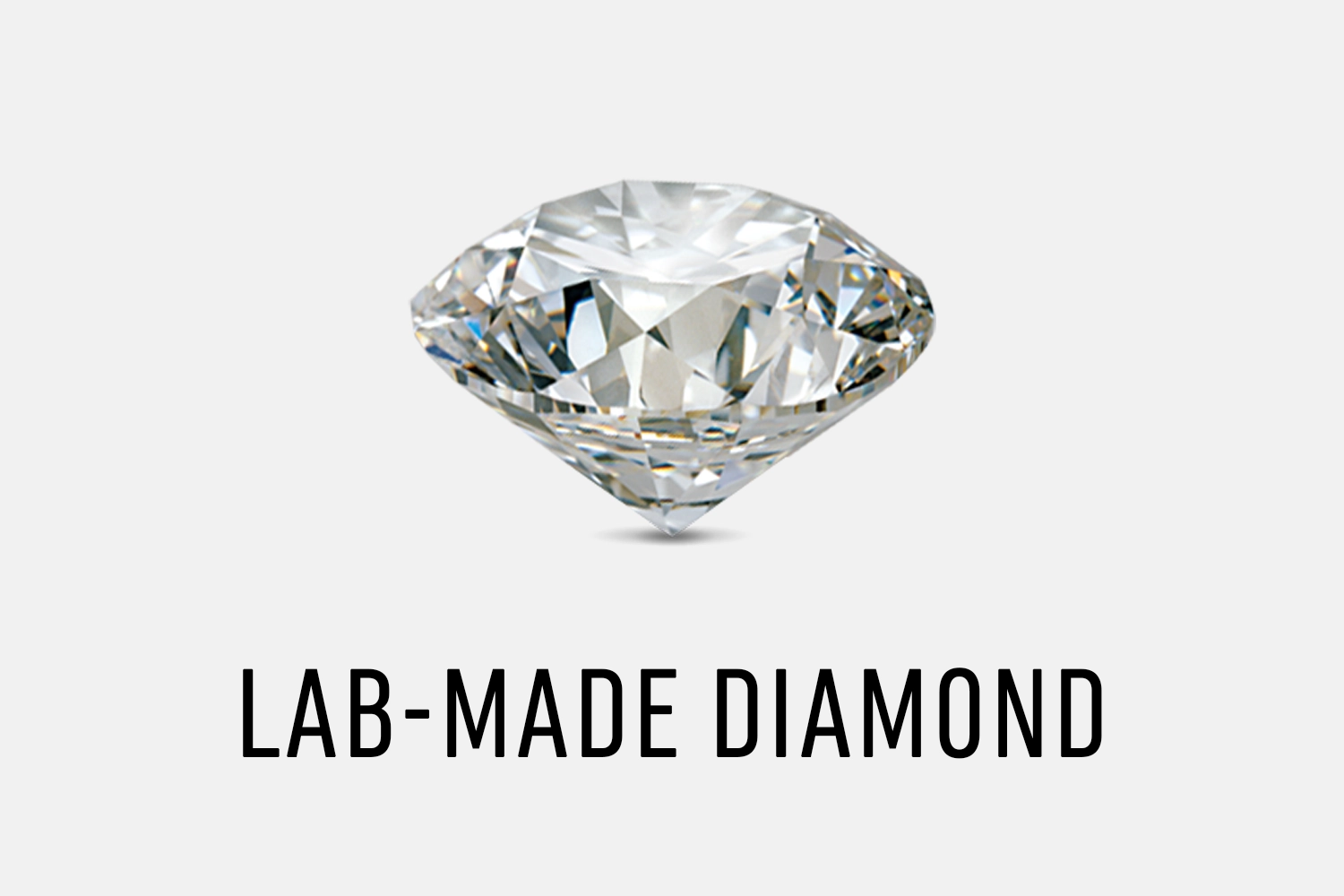
Lab Diamonds
While many may not consider lab diamonds to be a “diamond alternative” since they’re chemically identical to mined diamonds, if budget is your main concern, a lab diamond may be your best choice.
Lab diamonds are exactly what they sound like, diamonds that are created in a lab rather than mined from the earth. Their composition is identical to mined diamonds and it is nearly impossible to tell them apart with the naked eye. Even with a microscope or loupe, it’s incredibly difficult to separate them, even by a trained gemmologist.
The main difference between lab diamonds and natural diamonds is price. Since lab diamonds can be created in a matter of months rather than millions of years, they’re much more accessible, allowing you to get a larger or higher grade stone for less.
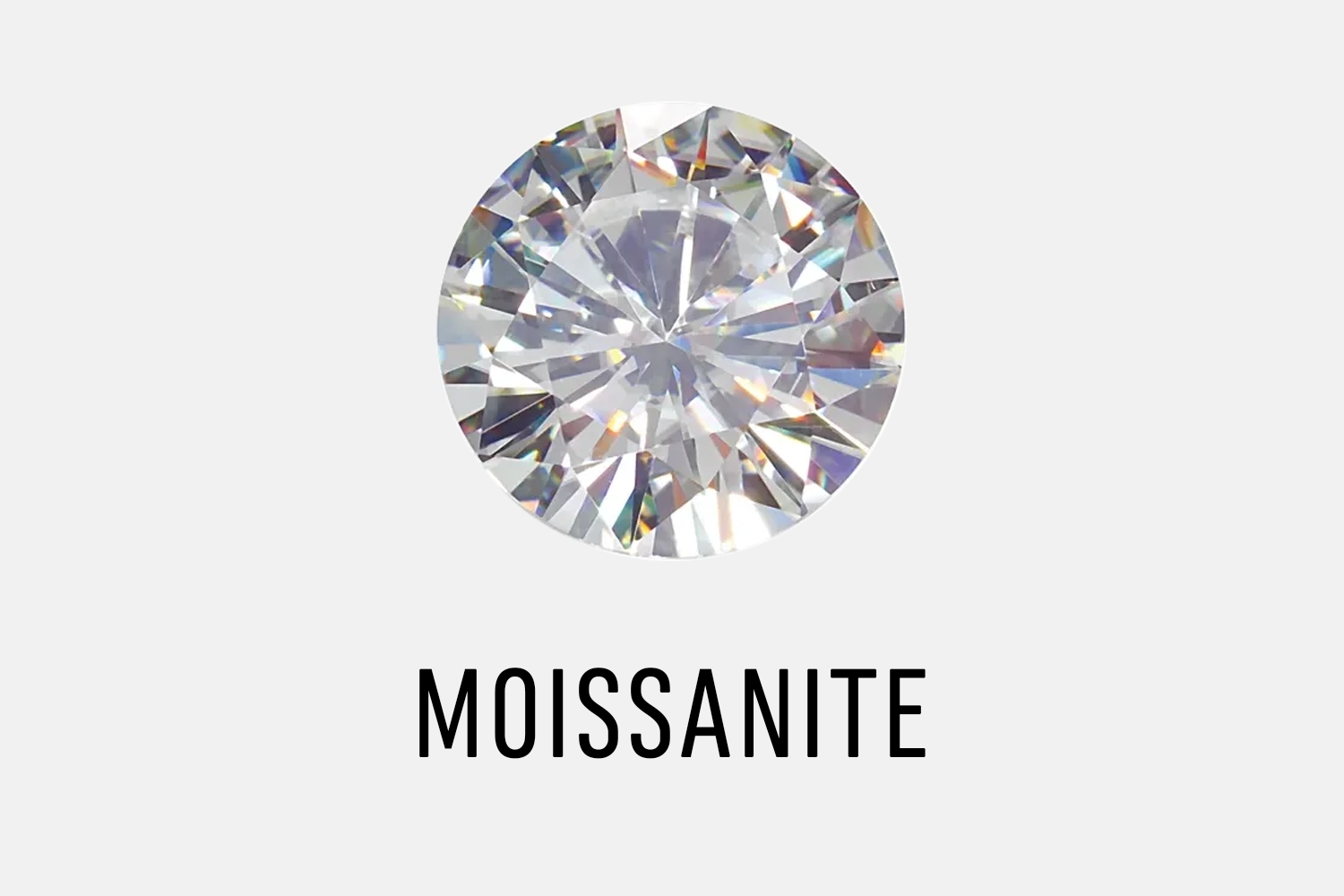
Moissanite
Second on the list of diamond alternatives and rising in popularity is Moissanite. While natural moissanite is a very rare mineral, the stones available in the jewelry market are manmade.
In 1998, Charles & Colvard introduced lab made moissanite into the world of jewelry, and since then, it has swiftly become a highly sought-after alternative to diamonds. Boasting a stunning ability to reflect light, moissanite can easily contend with the natural brilliance of a diamond. Furthermore, its remarkable hardness and durability make it a perfect choice for everyday jewelry that will withstand the test of time.
With the development of new manufacturing processes, moissanite is becoming much more common, but keep in mind that not all moissanite is made equally. Moissanite stones are graded similarly to diamonds using the 4Cs (Colour, Clarity, Cut, and Carat) so it’s important to understand the grading standards before choosing your stone.
Another thing to note is Moissanite’s increased tendency to chip. For small accent stones and pavé I would still opt for lab or natural diamond over Moissanite because the price difference will be minimal and the smaller stones are most vulnerable.
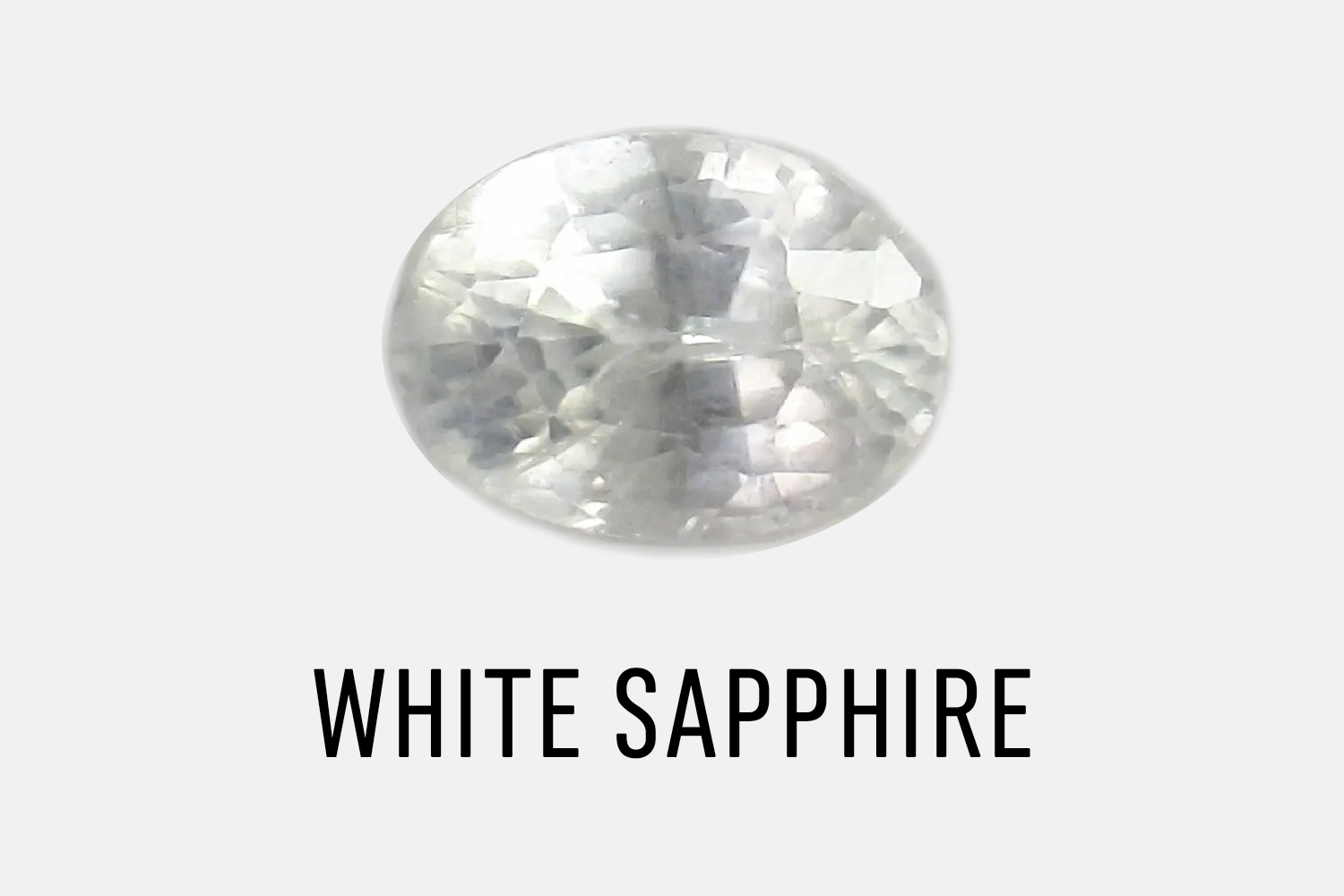
White Sapphire
If you’re looking for a natural (not lab made) option for a diamond altenative, I recommend white sapphire. Sapphire has a very high Mohs rating of 9 and low risk of cleavage (splitting along plane lines) making it an excellent option for daily wear.
The main visible difference between diamond and white sapphire is the sparkle. White sapphire has a lower refractive index than diamond, meaning it reflects less light. It won’t give off the same brilliance as a diamond and will have to be cleaned more often to maintain its shine.
Coloured Stones for Engagement Rings

Sapphires
Sapphires are one of my favourite stones to use in alternative engagement rings. They come in a rainbow of shades and are incredibly durable. Though these are a natural stone* so are susceptible to the same ethical issues as mined diamonds, there are many ethical mines supplying beautiful sapphires to the world.
In North America, we have Montana sapphires in shades of blue-grey and pastels. From mines in Australia we get fiery greens, teals, and Parti sapphires (stones that show more than one colour). Really, there is a sapphire option to suit any taste, and at a much more affordable price than natural diamonds.
*there are also lab made sapphires if you prefer

Rubies
In the same mineral family as sapphire, the main distinction between a sapphire and ruby is the colour. Once a certain grade of red is achieved, a corundum mineral is classed as ruby rather than pink sapphire. This means that Ruby has the same durability as sapphire and is another great option for an engagement ring.
The price of rubies will vary greatly based mostly on the colour, with certain shades such as “Pigeon’s Blood Red” being the most sought-after.
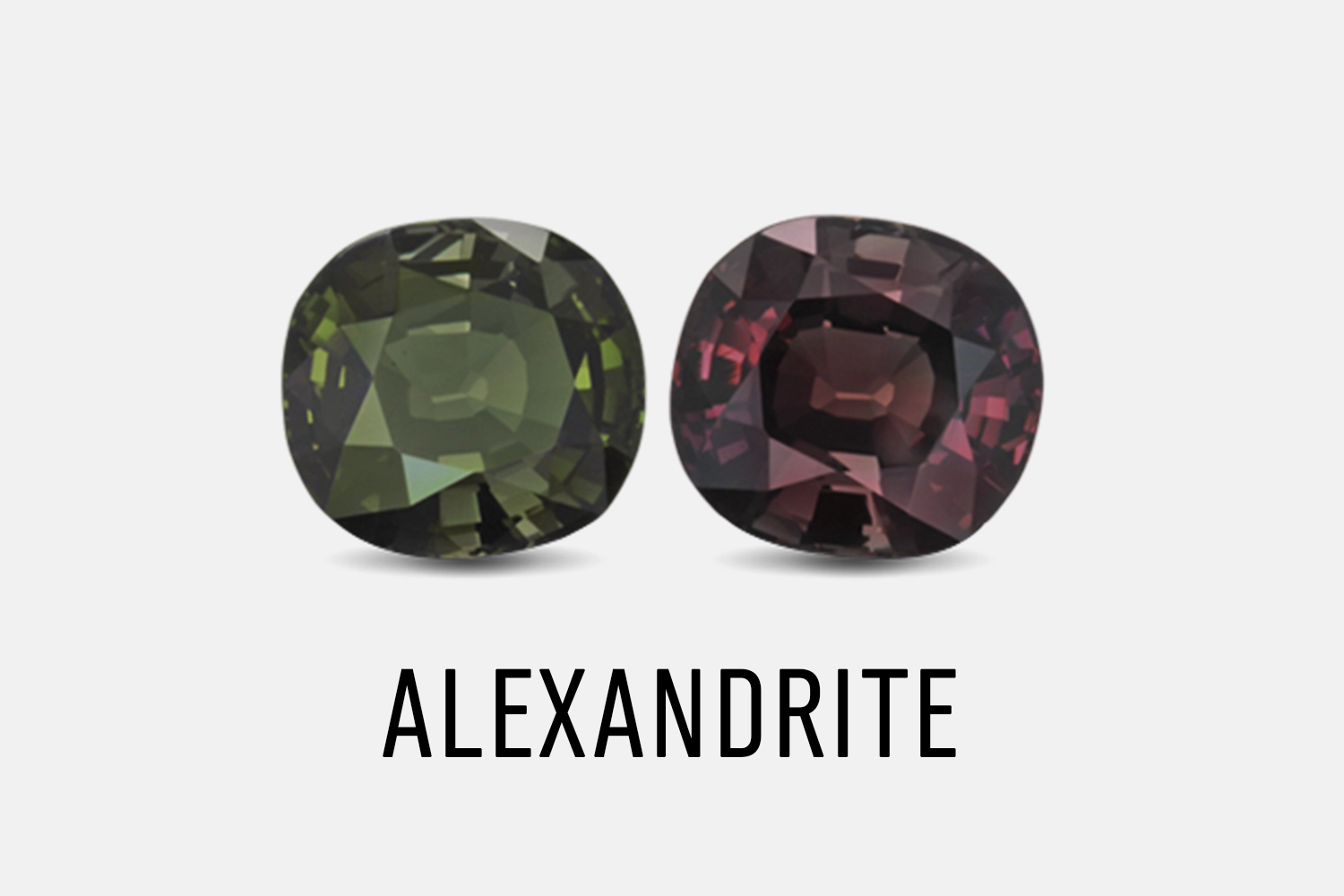
Alexandrite
While natural alexandrite is incredibly rare and usually more expensive than even natural diamonds, Alexandrite was synthesized in the 1960s and lab-made stones are now widely available on the jewelry market.
Alexandrite is remarkable for its colour changing properties. Sometimes called “emerald by day, ruby by night”, this gemstone transforms from bluish green under daylight to purplish red under incandescent light. How fun is that!?
At a Mohs rating of 8.5, it’s slightly less durable than sapphire or moissanite but still well within the range I would recommend for an engagement ring.
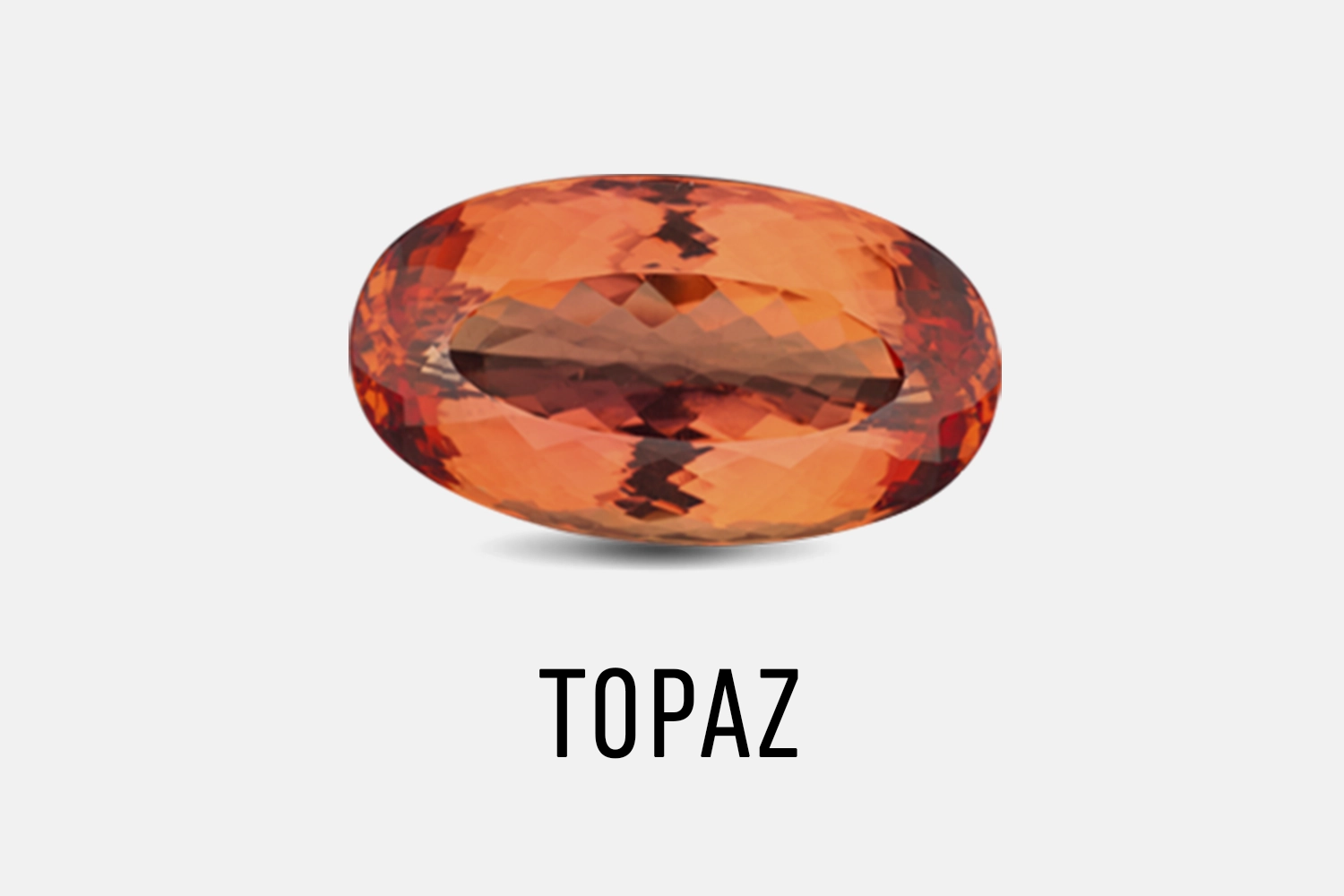
Topaz
Topaz is an often overlooked stone when discussing engagement rings. It has a Mohs hardness of 8 and is one of the most affordable gemstones in my list of diamond alternatives, so it’s a really good option to consider if a sapphire doesn’t fit in your budget.
Available in a variety of stunning colors, the most popular shade of topaz is blue. There are so many shades of blue topaz thaty they’re split into three colour families: Sky Blue, Swiss Blue, and London Blue. Each of these distinct shades possesses its own mesmerizing beauty, capable of transforming an engagement ring into a captivating masterpiece.
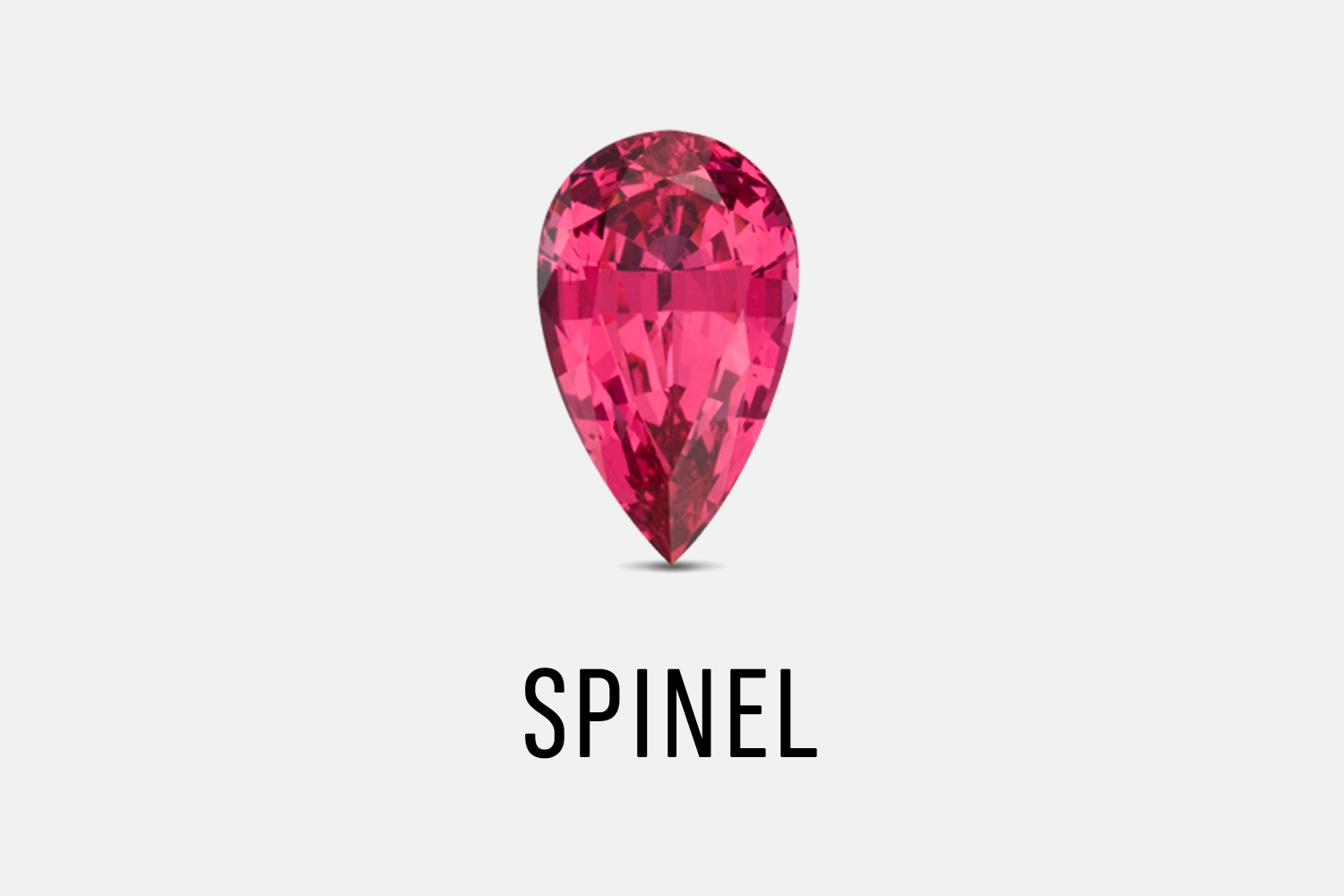
Spinel
Perhaps a somewhat lesser known gemstone, I feel like Spinel is finally having its moment. With a Mohs hardness of 8, good toughness, and resistance to light and chemicals, Spinel can withstand the trials of daily wear very well. I’m excited to see more people using this gemstone in their alternative engagement rings.
Spinel is available in a wide array of colours, with the deep red shade being highly sought after due to its resemblance to ruby. The similarity between spinel and ruby is so pronounced that even one of the most renowned rubies in history, known as the Black Prince’s Ruby, proudly displayed in the royal crown of England, was later discovered to be, in fact, a red spinel.
But, don’t feel you are limited to red spinel, when there are also beautiful shades of blue, purple, green, yellow, orange, black, and brown to choose from!
Use with caution: Emerald, Aquamarine, Morganite
The Beryl family of gemstones includes Emerald, Aquamarine, and Morganite. While the Mohs hardness of these stones is borderline (7.5-8), they do require extra care and I like to make sure buyers are aware before using one of these stones in their engagement ring.
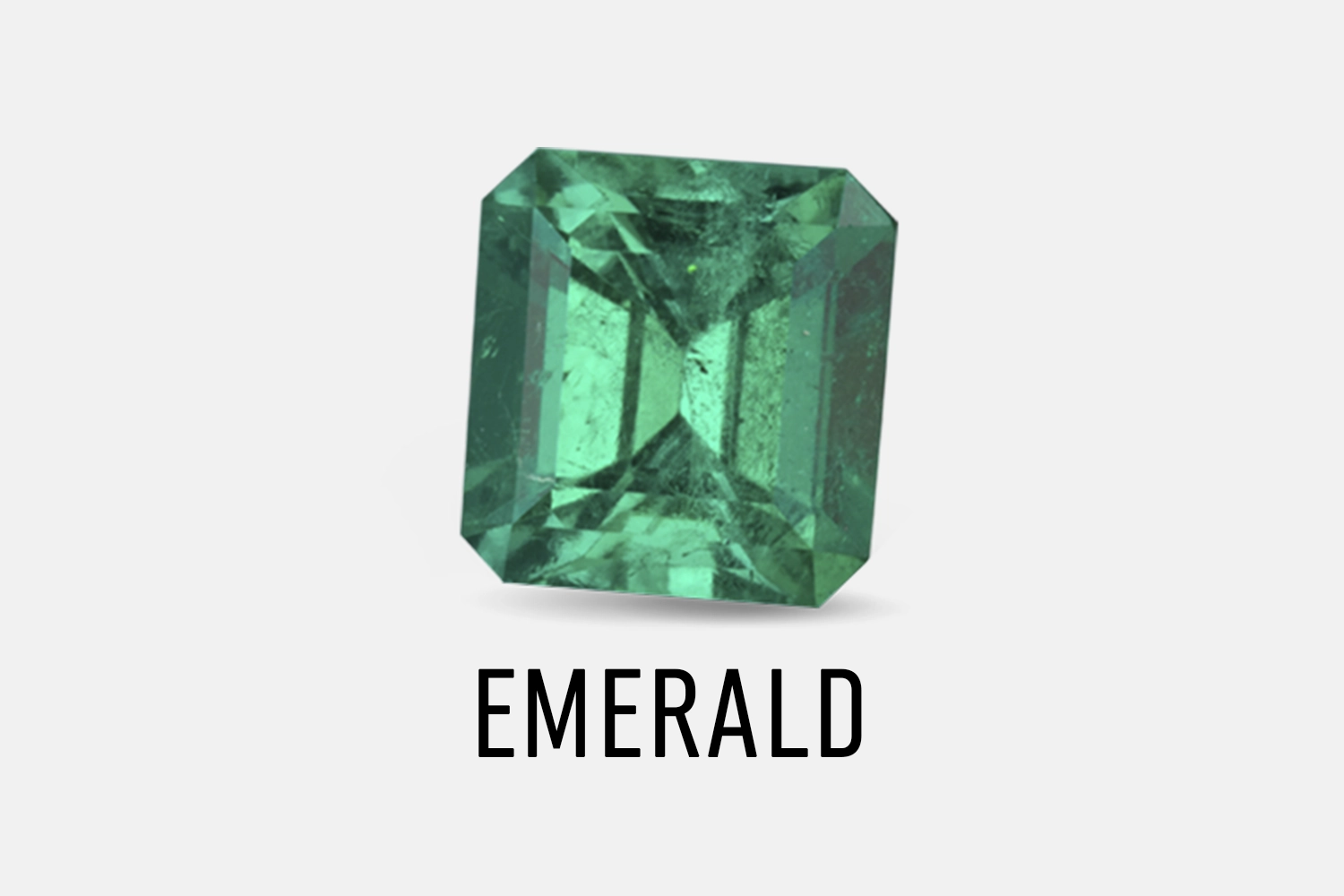
Emerald
Emerald is a precious gemstone that is prized for it’s vibrant green colour. However, part of the beauty of this gemstone is also its downfall – visible flaws*. The natural inclusions, often referred to as “jardin” (French for garden), make each stone unique, but create weaknesses in the stone that make it susceptible to chipping and breakage.
If your heart is set on an emerald engagement ring, I suggest a more protective setting like a bezel that will wrap around the vulnerable edges of the stone. You’ll also have to be a little more precious with your ring, only wearing it when you won’t be likely to bang it on anything. If you’re a clutz (like me) and have a tendency to bonk your hand against things, emerald may not work very well for you.
According to experts, about 90% of emeralds available in the market have been treated with oil or resin to enhance their appearance. Ultrasonic and steam cleaners can damage treated stones. The chemicals used in ultrasonic cleaners can dissolve the oil or epoxy present in filled fractures, while the vibrations may weaken emeralds with significant fractures. Similarly, the warm vapor produced by steam cleaners can cause the oil and resin to excrete from fractures in the stone.
Your emerald engagement ring should only be cleaned very gently with warm water and a small drop of dishsoap. Never soak your emeralds or use any chemicals to clean them.
*Stones with no visible inclusions are exceedingly rare and valuable, so an eye clean stone is likely to be lab-made or imitation.

Aquamarine & Morganite
Similar to Emerald, the other Beryl stones, Aquamarine and Morganite, are a bit more delicate than my other recommendations for a diamond alternative. They can chip if knocked on something and will scuff easier than stones with a higher Mohs rating.
Both of these stones have a light colour and will need more frequent cleaning to keep them from looking cloudy and dull. However, they’re susceptible to damage from heat, light, and chemicals so cleaning should be done carefully.
Gemstones to Avoid
I am all for thinking outside the box when creating jewelry but for engagement rings, I don’t recommend stones that will have to be replaced regularly. While the lower cost of some of these stones may make replacing them seem like a minor inconvenience, each time you will have to pay labour on resetting as well as possibly rebuilding the prongs. Not to mention that you’ll also have to go without wearing your engagement ring for weeks each time.
An engagement ring is a meaningful and sentimental piece of jewelry. It’s much better to invest a little more up front and have something that will stand the test of time.
Below is the list of stones I recommend you avoid for engagement rings.

Feldspar Minerals (Moonstone & Labradorite)
The feldspar family of minerals includes Labradorite, Moonstone, Amazonite, and Sunstone. The Mohs rating on this family of gemstones is 6-6.5, meaning that they will lose their finish and facets very quickly with daily wear.
In addition to being very easily scratched, Moonstone and Labradorite etc. have two directions of cleavage, making them extremely susceptible to cracks, chips and breakage.
Lately I’ve seen a rising trend of Moonstone engagement rings and it makes me cringe every time I see one. Most people are unaware of how delicate these stones truly are and how much care will be involved in their upkeep. They are relatively abundant stones and therefore come at a much more affordable price than more durable gemstones but I guarantee you that the ongoing cost and maintenance isn’t worth it.
If you’re looking for the milky translucency of moonstone, opt for opalescent or ice diamonds or opalescent sapphires instead.
Read more about why I don’t make moonstone engagement rings.
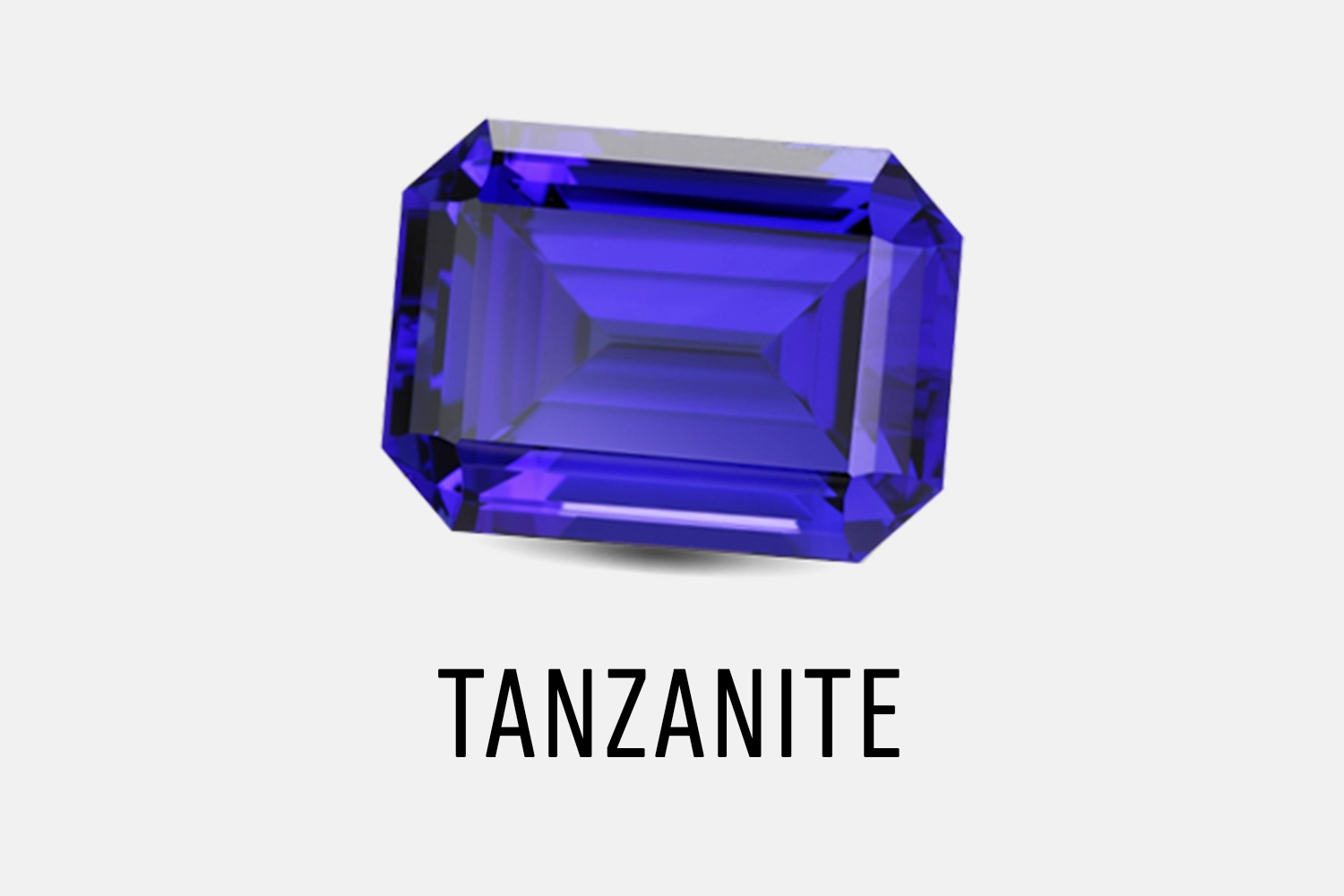
Tanzanite
Tanzanite is a captivating gemstone known for its beautiful color variations, ranging from pure blue to a mesmerizing purplish-blue hue. What makes it even more intriguing is its ability to exhibit a color-shifting effect as you view it from different angles. This gemstone was aptly named after its country of origin, Tanzania, and though it has a relatively short history, it has quickly gained immense popularity in the world of jewelry.
However, handling Tanzanite requires a certain level of care. With a mohs rating of only 6, this stone won’t hold up to the rigors of daily wear, quickly losing its shine and lustre.
Look for lilac spinel or sapphire as an alternative to Tanzanite.
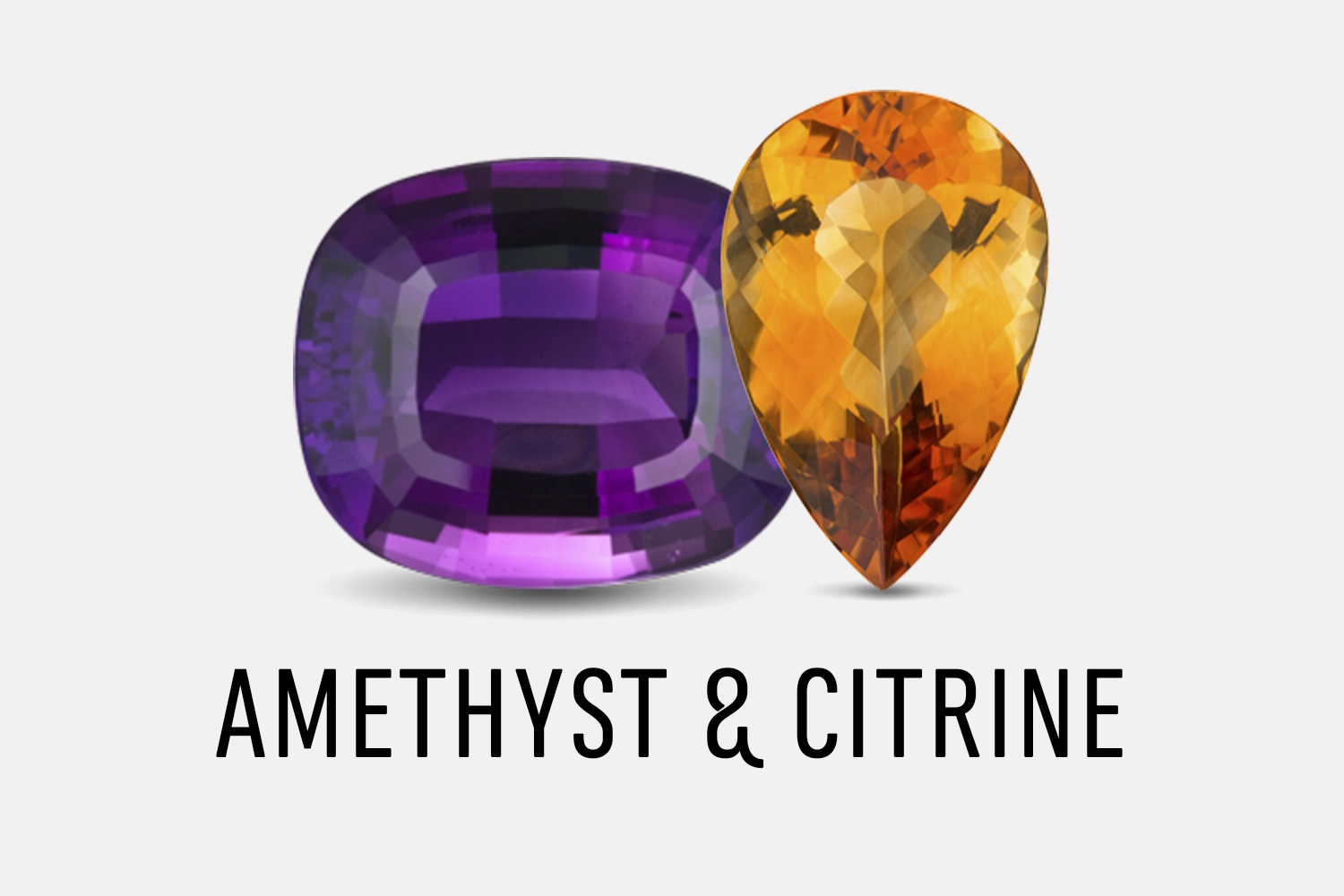
Quartz (All varieties including Amethyst and Citrine)
Quartz is the most abundant mineral on earth, with many different varieties such as purple Amethyst and golden yellow Citrine.
Quartz is so abundant that tiny particles of this mineral float around in the air and settle everywhere as dust. Since minerals of the same mohs hardness can scratch each other (i.e. only a diamond can scratch a diamond), quartz gemstones can be scratched by household dust.
This makes Amethyst, Citrine, and other quartz gemstones unsuitable for engagement rings.
As an alternative to purple amethyst, look for purple spinel or sapphire. As a replacement for citrine, try yellow topaz.
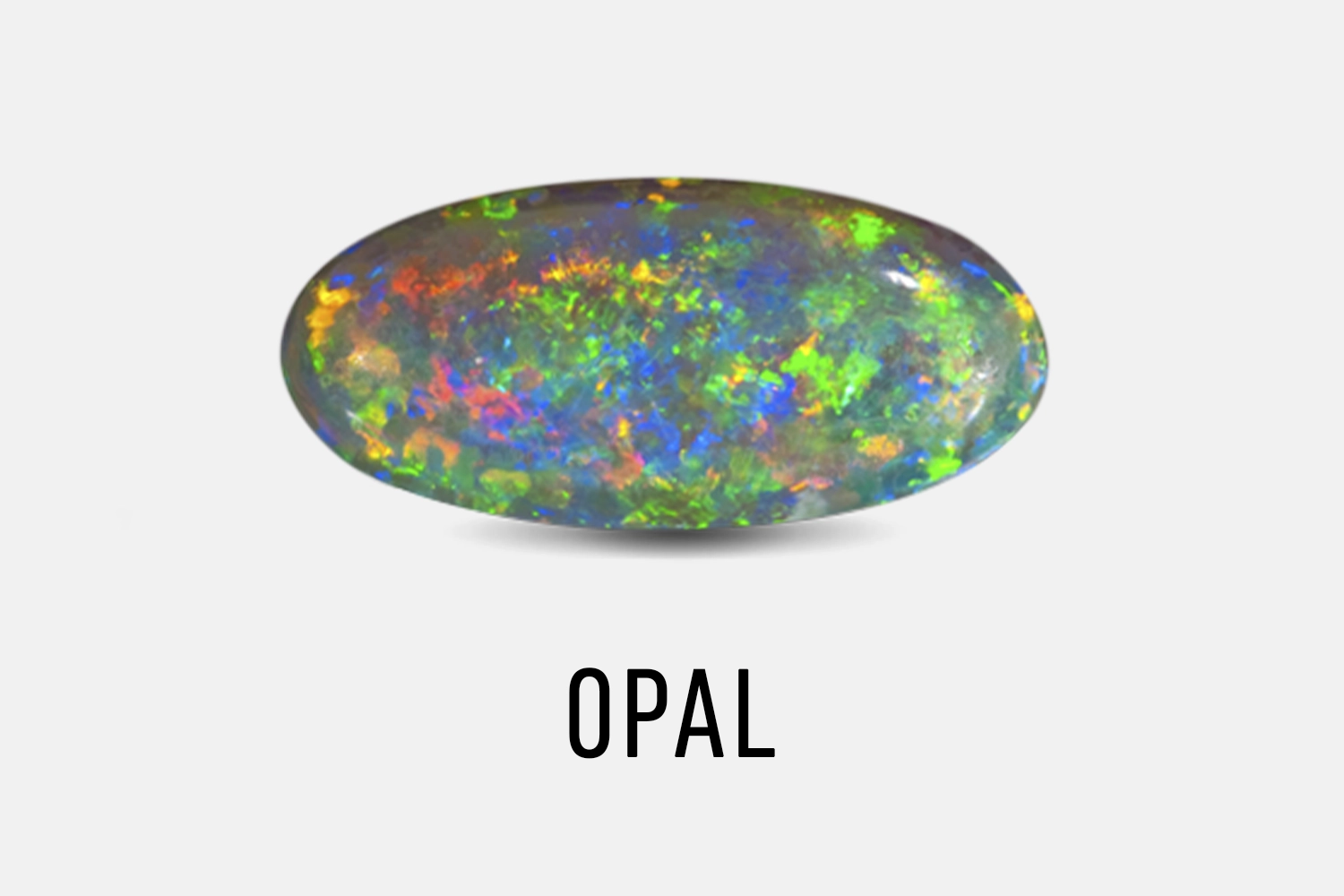
Opal
The fact that opal is such a delicate stone truly breaks my heart because there is absolutely nothing else that has quite the same fire and beauty as an opal. Unfortunately, with a mohs rating as low as 5, it’s definitely much too soft for an engagement ring. They’re also very susceptible to damage from heat and chemicals, so have to be cleaned very carefully.
In addition, some opals are porous and hydrophane (meaning they absorb liquids) and shouldn’t get wet. On top of that (in case that’s not enough to deter you), many opals available in the jewelry world are doublets or triplets consisting of a thin layer of opal that has been glued to another material to give it more colour or depth.
Australian opals are non-hydrophane and available as solid stones rather than doublets or triplets, but I would still only recommend them for a ring you’re not planning to wear all the time.

Moss Agate
Another suddenly trendy stone that I’ve started seeing everywhere is Moss Agate. Known for it’s translucent body with mossy green dendritic inclusions, it’s easy to see why it has risen in popularity.
While moss agate stones are certainly stunning and exceptional in their beauty, they possess a delicate nature that makes them unsuitable for everyday wear. Many moss agate stones are cut very thin to emphasize their translucency. However, due to their fragile nature, they’re prone to cracking, abrasions, and scratches when worn regularly.
There aren’t really any durable stones that have the same dendritic inclusions as moss agate but there are some mossy shades of Montana Sapphire that would be wonderful alternatives or an icy white diamond if you want the milky translucency.
Frequently Asked Questions
What stone is best for engagement ring?
If your sole consideration is durability and longevity, Diamond is still the undisputed leader. However, there are still many other stones that can stand up to daily wear well enough that I wouldn’t say that there is a single “best” stone.
How do I choose an engagement ring gemstone?
Choosing a stone for your engagement ring depends on a lot of different factors and what is personally important to you. It’s important to consider your budget, ethics, style, and the stone’s durability when shopping for a gemstone. If you’re shopping for your partner, it’s a good idea to discuss this with them as well. They may be able to point you towards certain options that they like best.
What is the best stone after diamond?
Moissanite almost matches the hardness and durability of diamonds. On the Mohs hardness scale, diamonds boast a perfect score of 10, while moissanite falls just a tad behind at 9 1/4. This makes moissanite an exceptional choice for an engagement ring, as it will maintain its dazzling sparkle almost as well as a diamond.
That being said, if you’re up for a little colour, my favourite stone to use in engagement rings is sapphire.
Which alternative stone looks most like a diamond?
If you’re searching for the closest alternative to diamond, I would suggest moissanite. This lab-made gem is the closest to diamond in terms of clarity, sparkle, and shine. While a trained eye can tell the difference between a moissanite and a diamond, the majority of people won’t be able to tell in passing.
Is it okay to have a coloured gemstone engagement ring?
Absolutely! There should be no colour limitations except those based on the preference of the person who will be wearing the ring.
How much should an engagement ring cost?
The “three months salary” rule is out. That antiquated guideline should not dictate what you spend on an engagement ring. Think about what your priorities are (are you saving for a down payment etc., or are you fairly flexible financially) and what you’re comfortable spending. Also consider discussing this with your partner, especially if you’re already combining expenses.
What stone shape is best for a classic engagement ring?
The most timeless stone shape is a round brilliant cut.



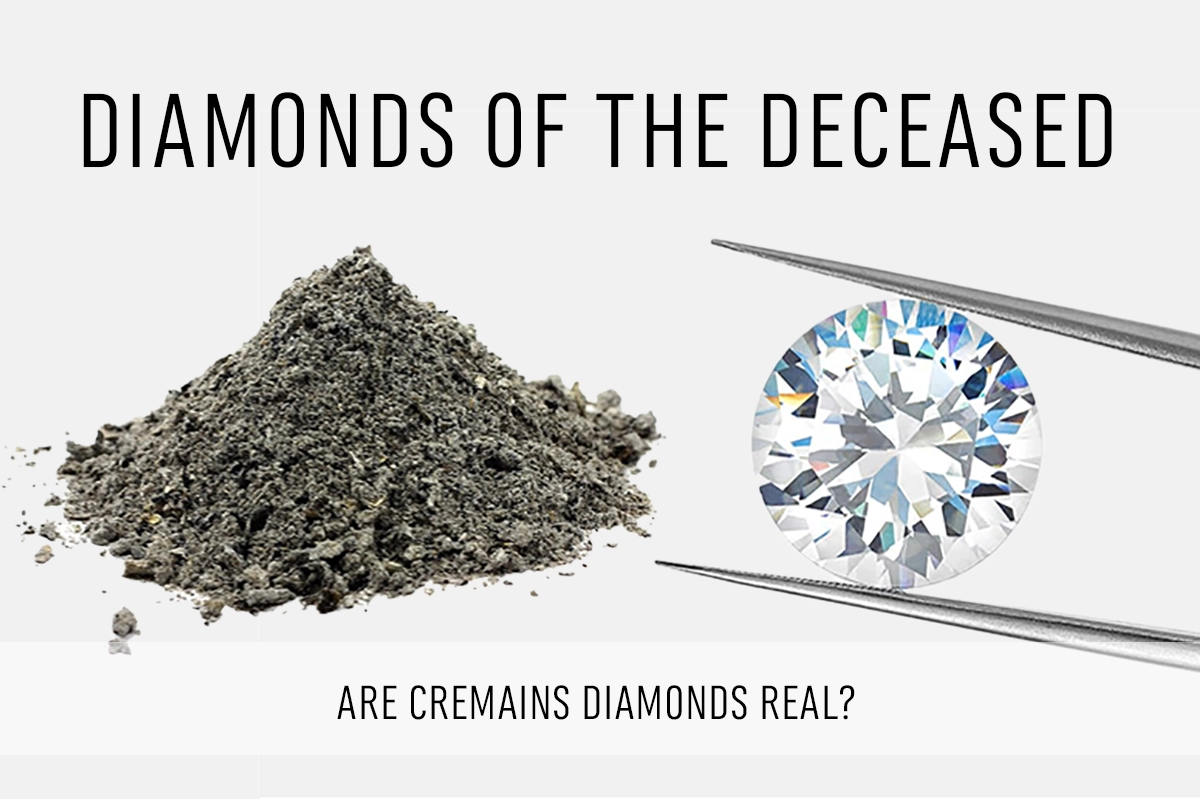

Mani Mangkai
Hi Andrea, I’m from Malaysia. I’ve been following your posts on Instagram. It’s been really helpful on narrowing my choices for an engagement ring. I’d like to ask you for your opinion on black diamonds and also would rose gold rings last long? I need a low maintenance ring that I can wear everyday. I would love to discuss further with you regarding these topics. Please do get back to me. Thank you n do keep posting informational stuff on Instagram. It really helps.
Andrea Shelley
Black diamonds are extremely durable and very good for daily wear. One thing to note is that, due to the dark colour, it won’t have the same radiance as a white diamond. As for rose gold, it is also wonderful for daily wear. I wouldn’t go below 14k because then you’re getting into less than half gold content so you’d have more tarnishing/discolouration from the base metals. If you want low maintenance, make sure your band is wide enough (approx 2mm would be good) that it won’t bend easily and that the setting for your stone has enough support (this will depend on stone size). It’s still good to get your ring checked about once a year to make sure that the stone is sitting correctly and there are no signs of wear that may need to be repaired.